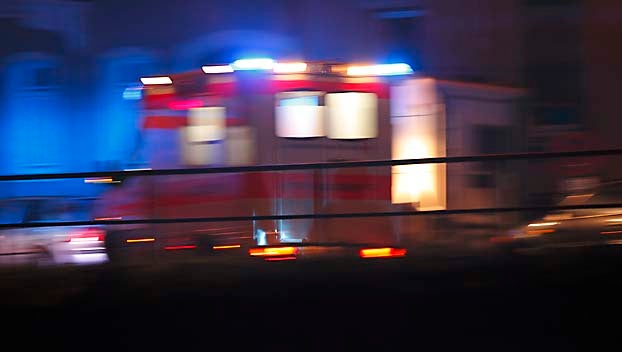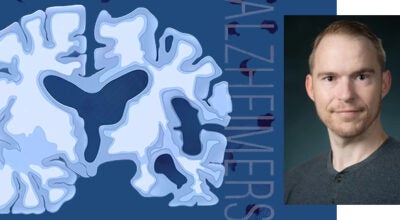Find out why two Jackson hospitals pay millions so they don’t have to treat trauma patients in ERs
Published 1:58 pm Thursday, September 12, 2019
The system aims to get patients to the appropriate hospital for their injuries the first time, rather than using overburdened emergency medical resources to get them there later as a transfer. UMMC is the only Level 1 hospital in the state, supported by three Level 2 hospitals triangulated around Jackson to bolster regional care in Gulfport, Hattiesburg and Tupelo.
Baptist and St. Dominic give different reasons for their decisions not to accept more serious trauma patients.
“To avoid duplication of trauma services, St. Dominic Hospital defers to (University of Mississippi Medical Center), which is already well equipped to handle these cases,” Andy North, director of marketing and communications for the hospital, said in an email, referring to higher level trauma patients. “It is more cost effective and provides better patient outcomes for St. Dominic’s to support the state’s trauma fund through payment of the fee.”
St. Dominic, which houses 33 emergency slots in a 571-bed capacity hospital, added that improving efficiency and reducing congestion is a priority and part of the impetus for recent upgrades. They are currently undergoing a 25,000-square-foot renovation to add 20 rooms to their emergency department.
Bobby Ware, chief executive officer and administrator of Jackson’s Baptist Medical Center, said the hospital disagrees with their designated Level 2 status.
“We participate at a level that we feel we have the availability of specialists to support that trauma level. And so that’s why we choose a specific level in the trauma system. It does not preclude us from taking trauma patients, we average over 100 trauma patients a year that we provide care for,” she said.
Despite operating as a Level 4, it’s possible that both Baptist and St. Dominic might still get some trauma patients who walk through the door or that they accept from another hospital, but the trauma system that coordinates most emergency care across the state through on-scene ambulance crews usually sends high-need patients to facilities operated Level 2 or Level 1.
But because trauma patients can only be transferred to hospitals with higher trauma care designations, St. Dominic and Baptist can send trauma patients to other hospitals, but do not have to receive them.
Of the 85 hospitals participating in the state trauma care system, there is one in-state hospital and three out-of-state hospitals operating as a Level 1. Three hospitals are operating as a Level 2. There are 17 hospitals operating as a Level 3 and 61 hospitals that are Level 4.
The decision by the Jackson hospitals to opt out of accepting the most critical trauma patients came into focus recently when emergency medical services personnel complained that the practice leads to prolonged periods before patients are admitted to emergency departments. This is known as wall time in the emergency medical services field. Paramedic complaints about wall time recently escalated to the point that the health department’s trauma council asked the Attorney General’s office to intervene.






